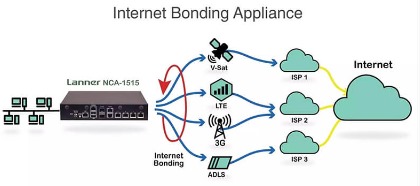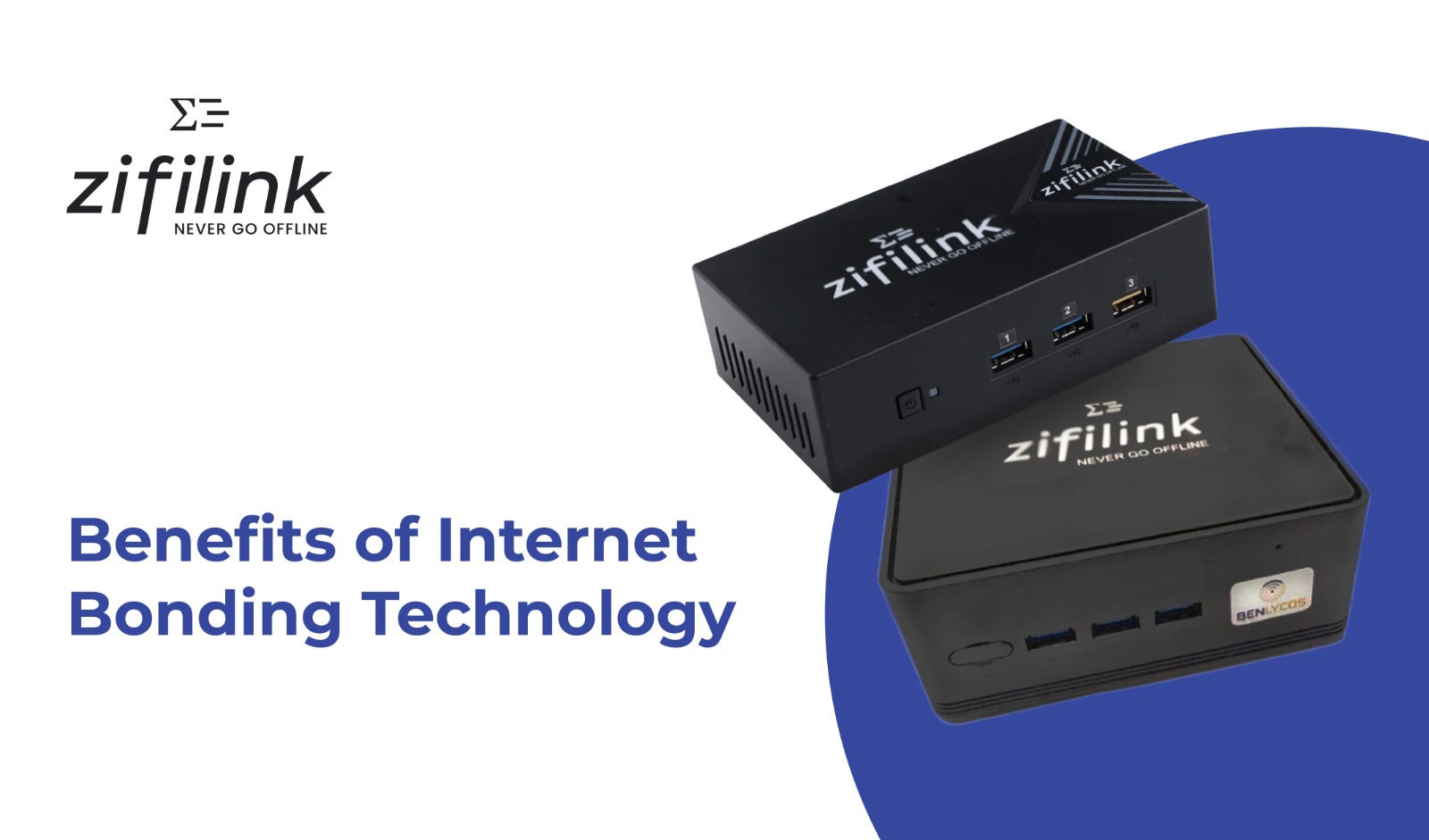
Imagine you need to transfer a massive file, like hundreds of gigabytes of raw camera footage, over a standard Wi-Fi connection. With average internet speeds in the US of around 50 Mbps, this transfer would take a considerable amount of time. This is where role of servers in internet bonding technology comes in.
This innovative solution combines two or more separate internet connections, effectively pooling their bandwidth to create a single, significantly faster connection. Internet bonding isn’t just a technological marvel; it’s a practical solution for several challenges:
- Speeding up file transfers
- Enhancing streaming and gaming stability
- Ensuring smooth video playback
But how does bonded internet work its magic? And what role does the server play in it? Let us explore this here.
Internet Bonding: Game Changing

Internet bonding is a revolutionary technology designed to aggregate multiple internet connections into a single, faster, and more reliable channel. This process aims to boost bandwidth, reduce latency, and enhance overall internet performance. The fundamental idea is to combine the strengths of various internet connections, such as DSL, cable, fiber optics, or cellular, to create a seamless and robust online experience.
Server’s functions in Bonding Technology
The server’s functions in bonding technology are very significant, automating the aggregation of multiple internet connections and ensuring a cohesive and streamlined user experience. Here’s a detailed look at the pivotal functions servers perform in this context.
1. Packet Management
Servers play a crucial role in managing the packets of data transmitted over bonded internet connections. They analyze and organize these packets, ensuring a smooth and coherent flow of information between the user and the internet.
Every minute, the average internet user generates 150KB of data. A single server can manage a whopping 1 million packets per second. Thanks to bonded internet connections, handling up to 10 GB of data becomes a breeze—equivalent to streaming a staggering 1,000 HD videos simultaneously.
2. Load Balancing
Internet bonding involves distributing the data traffic efficiently across the combined connections. Servers use sophisticated load-balancing algorithms to allocate the workload evenly, preventing any single connection from becoming a bottleneck. This results in optimal utilization of available bandwidth.
Optimally distributing data traffic among multiple connections through a well-crafted load-balancing algorithm can slash latency by half and enhance throughput by up to 30%. When coupled with bonded internet connections, this dynamic duo delivers a substantial performance boost, especially beneficial for bandwidth-intensive applications like video conferencing and online gaming.
3. Data Encryption
Security is paramount in internet bonding technology. Servers are responsible for encrypting and decrypting the data traffic to ensure the confidentiality and integrity of the information being transmitted. This safeguards users against potential security threats and unauthorized access.
Employing encryption algorithms like AES-256 and RSA safeguards data from unauthorized access and prevents interception or modification during transmission. Bonded internet connections, coupled with encryption, offer a secure and reliable means to transmit sensitive information.
4. Connection monitoring
Servers constantly monitor connection performance in real-time, swiftly identifying and addressing outages or slowdowns within milliseconds. Bonded internet connections, equipped with connection monitoring, ensure seamless internet access, mitigating disruptions even if one or more connections fail. This is particularly vital for businesses that are heavily dependent on uninterrupted internet connectivity for their operations.
5. Protocol Optimization
Different internet connections may use varying communication protocols. Servers in internet bonding technology optimize these protocols, facilitating seamless communication between the user’s device and the diverse internet sources.
Servers can enhance data transmission efficiency by optimizing protocols like TCP and UDP, resulting in reduced latency and improved throughput. Bonded internet connections, coupled with protocol optimization, offer a more responsive and reliable internet experience.
Read More: Live Video Broadcasting Solutions
Benefits of Internet Bonding Technology
1. Enhanced Speed
Internet bonding technology leverages the combined bandwidth of multiple connections, resulting in faster download and upload speeds. The average internet speed in the United States is around 50 Mbps. However, bonded internet connections can achieve speeds of up to 1 Gbps or more. This means that bonded internet can be up to 20 times faster than standard internet connections. A study by the University of California, Berkeley, found that bonded internet can reduce file transfer times by up to 90%.
2. Improved Reliability
By diversifying internet sources, the technology enhances reliability, minimizing the impact of individual connection failures. Bonded internet connections are more reliable than standard internet connections because they are not reliant on a single connection. If one connection fails, the other connections can pick up the slack. A study by the Massachusetts Institute of Technology found that bonded internet connections are up to 99% reliable.
3. Low Latency
Latency is the time it takes for data to travel from one point to another. Bonded internet connections typically have lower latency than standard internet connections. Load balancing and efficient packet management contribute to lower latency, reducing delays in data transmission. This means that there is less of a delay between when you click on a link and when the page loads. A study by the Federal Communications Commission found that bonded internet connections can have latency as low as 10 milliseconds.
4. Optimized Performance
Servers ensure that the internet bonding process is fine-tuned for optimal performance, providing users with a seamless online experience. A study by the Consumer Electronics Association found that bonded internet connections can provide users with a 20% improvement in online performance.
Finally
It has become possible for any kind of sector to have good internet connectivity that is fast, safe, and reliable. Whether you own a data center, an enterprise, some HPC (High-Performance computing), or any other network edge applications, you can now opt for Zifilink’s routers. Our routers are reliable, and our centralized server serves all the purposes that it is intended to. We incorporate the B-ABT(Benlycos Advanced Bonding Technology) and B-LBT(Benlycos Load Balancing Technology) in our routers.
By aggregating the bandwidth of multiple connections, B-ABT provides a substantial boost to overall data transfer rates whereas B-LBT incorporates intelligent load-balancing algorithms, ensuring efficient utilization of the combined connections making your browsing experience smoother than ever before. Also, it is easy to configure and set up. So, if you are planning to opt for an improvised network experience, we are here to serve you and give you a seamless internet experience.






About The Author: Deepak
More posts by Deepak